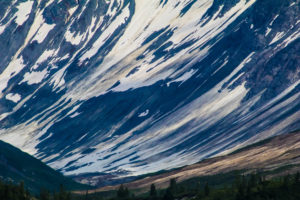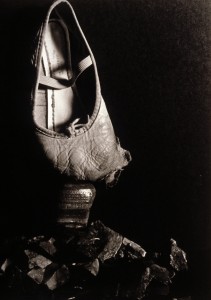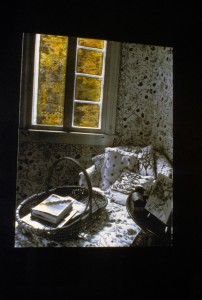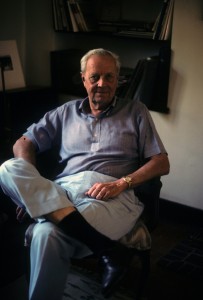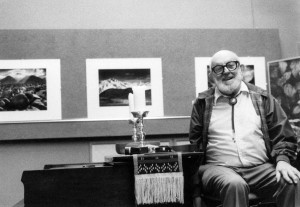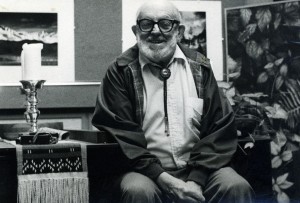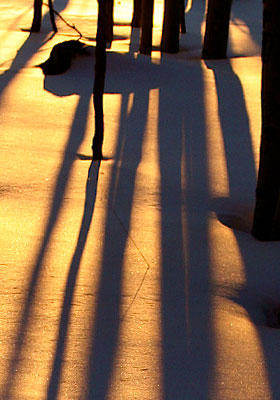Light.co, a camera technology company , recently posed the question: what is my favorite photo among all I’ve taken? This is like asking me what my favorite experience is. I absolutely cannot choose. But, I’m selecting a recent favorite from a wonderful adventure in Alaska.
This photo was taken on that cruise that so many have taken through the inland passage, where the views of glaciers and the big, big landscape of Alaska are so stunning. This scene appeared to me when we were on our way out of Glacier Bay, the most dramatic views of calving ice behind us, and the day almost done.
For me the beauty and power of photography is not about the technique, but is always about the gift of new sight. After about 40 years of serious photography, I am still stunned when something appears to me in a form that looks new.
In this case, the mountainside appeared to be curving up and around the valley like an enormous wave. The patterns of ice swept grand across them like clouds in a windswept sky. How could I capture this in a two-dimensional format?
It had to be a matter of framing. I tried enclosing just the ice patterns, and the effect was lost. But when I included a hint of earthy colors below, it gave just enough context. Still, I find viewers have trouble deciding whether they are looking at mountains or sky, ice or clouds.
I love any landscape that appears on its own to be painterly. I try to manipulate as little as possible, just accentuating the contrast our eye sees but the camera misses, and making the colors as deep and rich as they appeared in the moment. I’m after the same feeling I had when I saw it.
It was a thrill to be debuting my new equipment, and okay with me that the photo is a bit soft because of the movement of the ship–in spite of the image stabilizing lens.
I probably will never encounter a photograph that qualifies as my all time favorite. What I really hope is that the candidates will just keep on increasing. In that case, I’ll know I am growing as a seer—someone who pays attention enough to be present for the world’s incredible array of visual moments. They make me grateful every day for my eyes, and for the part of me who responds passionately to what I see.
